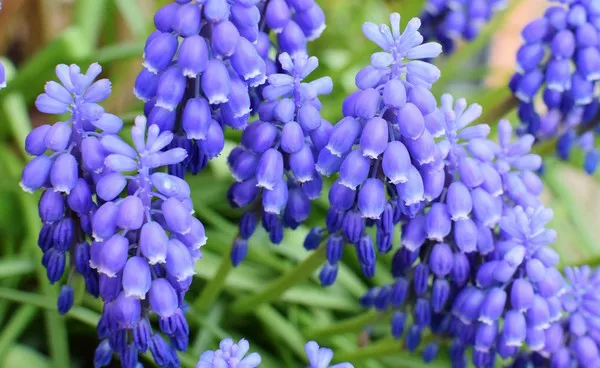Lupins, scientifically known as Lupinus, are a captivating genus of flowering plants that have garnered significant attention from gardeners, botanists, and nature enthusiasts alike. Their vibrant and showy blossoms make them a popular choice for gardens, landscapes, and even wild habitats. One common question that arises among lupin admirers is, “How long do lupins flower?” This article delves into the intriguing world of lupin flowering, exploring the factors influencing their blooming duration, the different species and varieties, and the essential care tips to prolong their flowering period.
Factors Influencing Lupin Flowering Duration
The duration of lupin flowering is influenced by a combination of intrinsic and extrinsic factors. Understanding these factors can provide valuable insights into managing and extending the blooming period of these exquisite plants.
1. Species and Varieties: Lupins come in a diverse array of species and varieties, each with its unique blooming characteristics. Some species, like the perennial Lupinus polyphyllus, tend to have longer flowering periods compared to annual species. Varieties bred for specific traits, such as compact growth or extended flowering, also play a role in determining the duration of blooms.
2. Climate and Location: Lupins thrive in different climatic zones, from temperate to Mediterranean regions. The duration of flowering can vary based on the local climate and growing conditions. Warmer climates may see extended flowering periods, while cooler regions might experience shorter bloom times.
3. Soil Quality: Lupins appreciate well-draining soil with good fertility. Soil quality directly affects the plant’s health and, consequently, its flowering duration. Rich soil provides ample nutrients that can sustain flowering over a more extended period.
4. Light Exposure: Adequate sunlight is essential for lupins to bloom optimally. Insufficient light can lead to reduced flowering duration. Choosing the right location in the garden that receives the recommended amount of sunlight can impact how long lupins flower.
Diverse Lupin Species and Their Flowering Periods
Lupins encompass a wide range of species, each characterized by distinct flowering periods. While there are numerous species, a few stand out due to their popularity and remarkable blossoms.
1. Lupinus polyphyllus: This perennial lupin species is renowned for its tall spikes of vibrant flowers. Depending on the variety and growing conditions, Lupinus polyphyllus can flower for several weeks to a couple of months during the late spring and early summer.
2. Lupinus arboreus: Also known as the tree lupin, this species produces striking yellow blooms. It typically flowers from late spring to early summer, providing a burst of color to gardens during this period.
3. Lupinus perennis: Found in the eastern parts of North America, Lupinus perennis, or wild lupine, exhibits a relatively shorter flowering period, usually spanning a few weeks in late spring. Its blue to purple flowers add a touch of elegance to natural landscapes.
Prolonging Lupin Flowering: Essential Care Tips
Gardeners and enthusiasts keen on enjoying extended lupin blooming periods can employ certain care strategies to optimize the plants’ health and vigor.
1. Proper Pruning: Regular deadheading – the removal of spent flowers – encourages lupins to continue producing new blooms. By preventing the development of seeds, the plant directs its energy towards flower production, effectively extending the flowering period.
2. Fertilization: Applying a balanced fertilizer in the early stages of growth and during the flowering season can supply the necessary nutrients for sustained blooming. However, it’s essential not to over-fertilize, as excessive nitrogen can lead to lush foliage but fewer flowers.
3. Mulching: Mulching around lupin plants helps conserve soil moisture, regulate temperature, and suppress weed growth. These benefits contribute to healthier plants that are more likely to continue flowering for an extended duration.
4. Watering: Consistent and adequate watering is crucial, especially during dry periods. Avoid allowing the soil to become overly dry, as water stress can lead to reduced flowering. However, it’s equally important to ensure that the soil has good drainage to prevent waterlogged conditions.
5. Variety Selection: Opt for lupin varieties that are known for extended blooming periods. Plant breeders have developed cultivars with specific traits, including prolonged flowering. Researching and selecting these varieties can significantly impact the overall duration of lupin blooms.
Conclusion
The enchanting beauty of lupins lies not only in their striking blossoms but also in their ability to captivate our attention throughout their flowering period. While the question “How long do lupins flower?” does not have a one-size-fits-all answer, understanding the factors that influence their blooming duration empowers gardeners to take deliberate steps in enhancing and prolonging the beauty of these plants. By considering the species, climate, soil quality, and employing proper care techniques, we can ensure that lupins continue to grace our gardens and landscapes with their vibrant colors and elegance for as long as possible.


